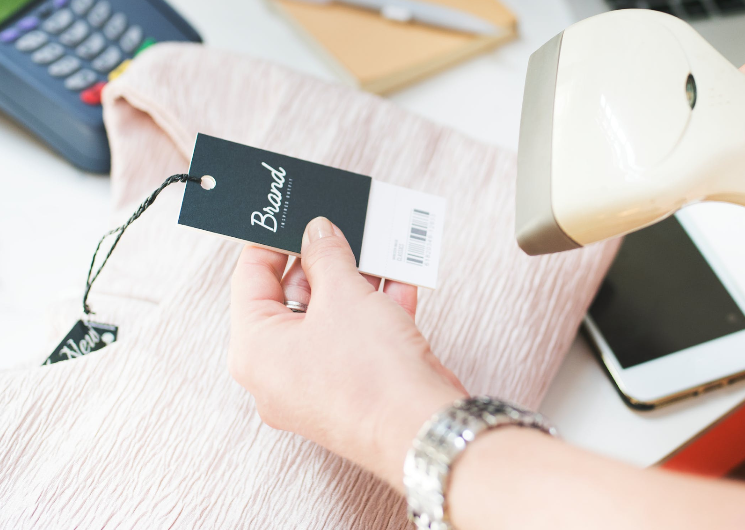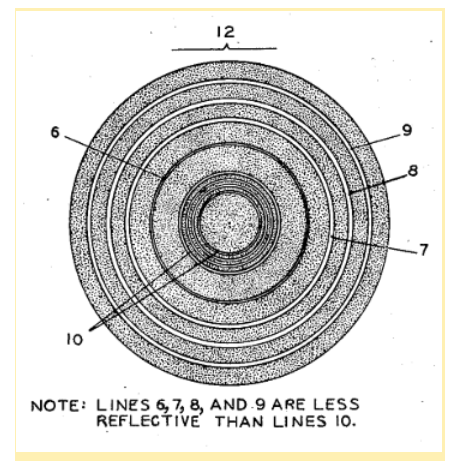Barcodes are nearly everywhere. They’re impossible to miss in a retail setting, where they play a critical role in closing sales. However, they’re also essential for internal inventory control or working with suppliers. Small businesses need to understand how barcodes work and how they can be deployed in the workplace for streamlining processes, asset management, and employee accountability.

How Barcodes Work
Barcodes (or universal product code or UPC) can trace their history back to the 1940s, when inventors Bernard Silver and Norman Joseph Woodland wanted to develop a system for grocery stores that could automatically read product information at checkout. Up until this time, cashiers everywhere had to enter an item’s price manually at the register, making the checkout process comparatively slow and tedious. By devising a system that could be read by an optical scanner, Silver and Woodland reasoned, they could save an enormous amount of time in grocery stores and cut down on cashier errors.
The system that Silver and Woodland originally came up with was based on a series of circles, compared to the straight lines that define modern UPCs.

Silver and Woodland’s code was modeled after a bull’s eye so that it could be read from any direction. However, the circular design had a problem. As The I.B.M. engineer, George Laurer, noted, running the bull’s eye past a scanner at high speed — as might happen in a factory setting — had a tendency to blur the code, making it difficult to read.
In order to bring the bull’s eye code into the digital age, Laurer developed the modern barcode, recognizable on product labels everywhere. The black bars can only be read from one direction, but they don’t blur under high-speed scanning, making them ideal for use in commercial warehouses and factories.
Today’s scanners review a barcode, evaluating the size of lines and spaces, each of which stands for a unique character. After deciphering the code, the scanner connects with the user’s database, quickly identifying the product that was scanned.

The first six to nine digits in a barcode are the company’s identification number. It’s possible to look up a company by their UPC identification on the GS1 US website. GS1 US is a nonprofit organization that manages barcode assignments.
Barcode Types
Broadly speaking, there are two types of barcodes:
- One-Dimensional (1D): These are probably the barcodes that you’re most familiar with — a set of bars on a product box or sticker. 1D barcodes are only scanned in one dimension — top to bottom. Similarly, they only vary in one dimension to create different characters. There are many subtypes of 1D barcodes, depending on the number of bars in the UPC. They range from eight bars all the way up to 14.
- Two-Dimensional (2): 2D barcodes are a somewhat more recent development. The most well-known 2D barcode is probably the QR code, which is often used to store website URLs. QR codes and other 2D barcodes are unique in that they can store more information than their 1D counterparts. However, they also require more sophisticated technology to read accurately and they, like the old bull’s eye code, are susceptible to blurring on high-speed conveyor belts.
Uses for UPC Barcodes
- Retail: Easily the most well-known commercial use for UPCs, virtually every storefront in the country uses barcodes at the point of sale (POS). Using barcodes and barcode scanners here speeds up the entire checkout process — since clerks don’t have to enter prices manually — and cuts down on errors.
- Shipping: Barcodes have helped to streamline modern shipping, allowing for the quick check-in and checkout of packages and integrating with package tracking systems. This is especially important in an age where e-commerce is becoming more and more common.
- Inventory: By integrating barcodes into your inventory management system, you can make the process of inventory management faster and more accurate. Using barcodes for inventory and asset tracking is also the first step towards integrating your asset management software with other parts of your business model, including your e-commerce platform, accounting software, or shipping tools.
Creating a UPC Barcode
Barcodes can help to streamline any business. Here’s what you need to know about creating your own:
Free Barcode Generator
All you have to do is put together bars in the appropriate order to create your own barcode, or find a free piece of software that can do this for you. However, any barcodes that you create on your own will not be connected to any national or global barcode databases. The barcodes that you create will only be useful internally, and could get mixed up if you’re using your own in-house barcodes alongside external barcodes.
Registered UPC Barcodes
To create a UPC that’s recognized outside of your company, you’ll need to register your business with GS1 US, a nonprofit organization that curates barcodes in the United States and abroad. By registering, you can make sure that you’re using unique barcodes for your items and that these barcodes are registered in an international database.
